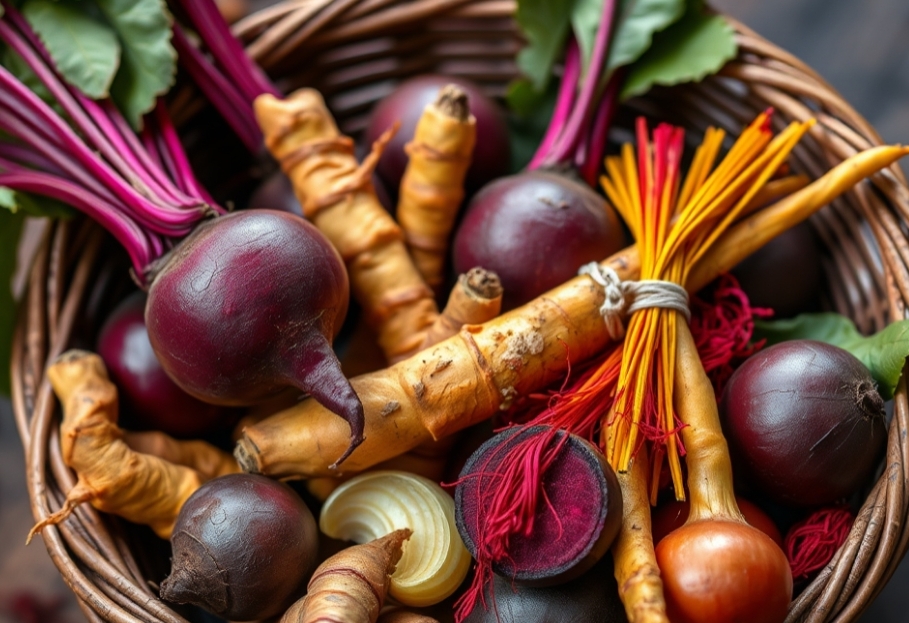Table of Contents
Historical Overview
Ancient Egyptians used synthetic colors in cosmetics and hair dyes. The artificial coloring of wine began at least as early as 300 BC.
In 1856, William Henry Perkin discovered the first synthetic organic dye, known as “mauve.”
This was soon followed by the discovery of similar dyes used for coloring foods, medicines, and cosmetics. They became known as “coal tar colors” because they were initially derived from by-products of coal processing.
Federal regulation of color additives in the United States began in the 1880s, when they were first used in butter and cheese.
By 1900, many foods, medicines, and cosmetics available in the United States were colored artificially.
The FDA’s official website notes that some color additives were used to enhance the appearance of inferior foods.
A thorough assessment of the chemicals used for food coloring at that time revealed many toxic substances, such as lead, arsenic, and mercury. Consequently, their use was later banned, and “coal tar colors” that were safe for food, medicines, and cosmetics were adopted.
Today, many people tend to color their food with natural ingredients found in every home. The website “Cleveland Clinic” in the U.S. published a list of the most notable methods to consider.

Vegetable Juice
You can mix vegetable juices, such as those from kale, spinach, parsley, or bell peppers, with light-colored sauces or even cake batter to achieve a green hue.
All you need is just two teaspoons of this juice, according to the “Cleveland Clinic” website in the U.S.
Boiling Vegetables or Fruits to Extract Desired Colors
You can boil vegetables, such as peas, or red fruits, like cranberries, to extract the desired colors. The water used can then color various foods and recipes.
Japanese Matcha Tea
Japanese green tea is used as an ingredient in many recipes, as it not only turns foods green but also offers nutritional benefits, antioxidants, and fiber.
Beetroot
Beetroot is used to color foods red and is also a good source of vitamin C, iron, and magnesium.
Turmeric and Saffron
Try adding turmeric while cooking rice to achieve a golden yellow color. Saffron can also be used, but it is a more expensive option.
Bell Peppers in Various Colors
You can use bell peppers to obtain different colors, including red and orange.
Onion Skins
The “Cleveland Clinic” website in the U.S. notes that onion skins can impart an orange color to your food. For example, you can boil the outer skins of onions in water with eggs. The longer the eggs stay in the water, the darker their color will become.
